When it comes to playing support in League of Legends, there’s a lot to keep track of. The best support for each patch can change based on the meta, the type of support you play, and even the patch updates.
Supports can be divided into three categories: Enchanters, engagers, and poke supports. Some champions cross into multiple categories, so it’s a pretty safe golden triangle to follow. But there are supports in Patch 14.13 you should pick that fall into these categories.
Understanding the different support categories, their purpose in the bot lane, and their strengths and weaknesses is key to choosing the best champions for your team, your playstyle, and against enemy compositions. These are the five best League supports in Patch 14.21.
Best LoL support champions in Patch 14.21
The best support champions in LoL Patch 14.21 are:
- Poppy
- Rell
- Braum
- Lulu
- Nami
Poppy
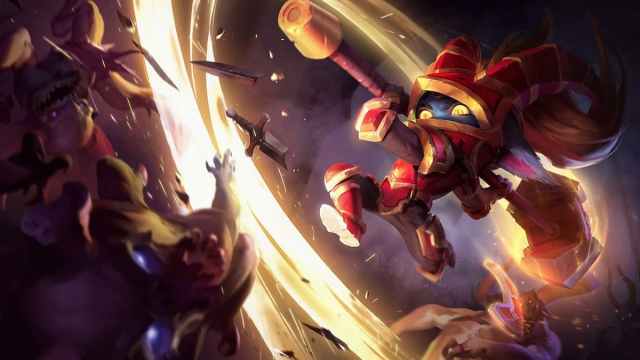
We start our list with one of the most versatile League champions in recent years—Poppy. The Yordle is also regularly picked for both jungle and top lane, but in our opinion, she’s the most helpful when chosen for the support role. Due to her kit, she forces you to play aggressively. If navigated properly, that all-in playstyle may bring you a handful of easy victories, and more importantly, a lot of fun.
| Pros | Cons |
| – Great additional tank in your composition – Fantastic engage – Terrific at zoning the enemy team in fights with her ultimate, especially when combating for neutral objectives | – Susceptible to compositions with tons of crowd control under their belts – If the enemy team is mobile on its own, Poppy may find it hard to be useful in the long run – Perfecting Poppy’s kit may take some time |
Poppy is a fantastic pick for many League games. When you choose her, you should always get Hail of Blades in your runes, enhancing your attack speed in the numerous skirmishes that are bound to come your way. In fact, you will be often responsible for these fights.
As Poppy support, your goal is to cause as much disruption on the Summoner’s Rift as possible. That includes roaming solo on the map or alongside your jungler, creating extra pressure on both solo lanes. Obviously, that comes at the cost of leaving your AD carry, so its best to pick Poppy alongside champions who can hold their own if you want to roam freely. If that’s not the case, you can still play the bottom regularly with your ADC and aim to become a relentless tank in the late game.
Poppy essentially has two major pros that are too essential to ignore. First, her Heroic Charge (E) is perfect for invading jungle and starting fights, since you’re likely to almost always land a stun onto an enemy champion. Second, the teamfight potential for the Yordle support is immense since her Keeper’s Verdict (R) can easily zone a few enemies out of a fight, giving you a major edge. This is especially important when fighting for neutral objectives like Baron Nashor.
| Areas of Interest | Best options for Poppy |
|---|---|
| Best runes | Rune tree one: Domination – Hail of Blades – Sudden Impact – Zombie Ward – Treasure Hunter Rune tree two: Inspiration – Hextech Flashtraption – Cosmic Insight – Offense: Adaptive force – Flex: Adaptive force – Defense: Health |
| Best items | – Boots of Swiftness – Bloodsong – Locket of the Iron Solari After completing the essential support items on Poppy like Locket of the Iron Solari, it’s time to stack more armor and magic resistance. In the end, you’re supposed to be one of the primary tanks in your squad. What you obtain is completely up to you, since it obviously depends on the enemy composition and the threats you’re facing. Warmog’s Armor, Dead Man’s Plate, Thornmail, Spirit Visage and Knight’s Vow are all viable options. |
| Best summoner spells | – Flash – Ignite |
| Best skill order | – Heroic Charge (E) – Hammer Shock (Q) – Steadfast Presence (W) Once you get access to most of your abilities, maximize Q first, followed by E and W, respectively. |
| Best ADCs to pair with Poppy | – Kog’Maw – Miss Fortune – Ziggs – Ashe – Jinx |
| Toughest support matchups for Poppy | – Sona – Lulu – Taric – Senna – Pyke |
Rell
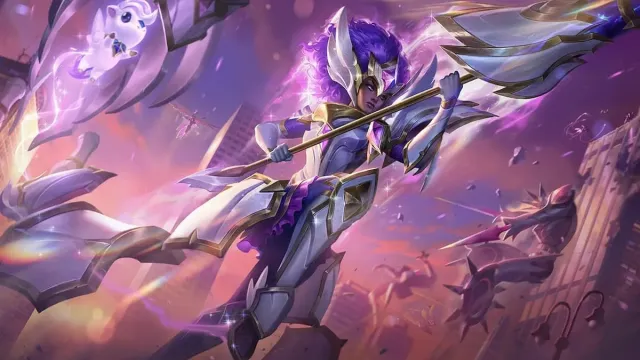
The current meta heavily favors aggressive playstyles with beefy supports, so it’s hardly surprising to see more than one such champion in this list. Similarly to Poppy, Rell also relies on soaking up front line damage and making a mess with her crowd control.
| Pros | Cons |
| – Powerful in both laning phase and teamfights – Phenomenal engage with her combo – Lots of crowd control | – Requires a lot of skill and mechanical knowledge on how to navigate her – Forced to roam, which can ruin your laning phase – Need to time your engages wisely, otherwise you may freely lose your life |
Like Poppy, Rell is a support who benefits from roaming at every stage of the game. However, if you don’t want to leave your ADC on their own, staying in lane and making the early game awful for the enemy duo is also an option.
With Rell’s terrific crowd control and kit, she’s always a force to be reckoned with. Once you finish a few items and bulk up, you will be ready to get in the driver’s seat and start fights that are beneficial for your team. There’s a catch, obviously. While Rell’s engage combo is arguably the strongest in the game in terms of support, going in too early or without much vision can bring you to your demise. That’s why keeping tabs on vision and your enemies’ whereabouts is pivotal when playing supports like Rell.
| Ares of Interest | Best options for Rell |
|---|---|
| Best runes | Rune tree one: Resolve – Aftershock – Shield Bash – Second Wind – Overgrowth Rune tree two: Inspiration – Hextech Flashtraption – Cosmic Insight – Offense: Ability haste – Flex: Movement speed – Defense: Health |
| Best items | – Ionian Boots of Lucidity – Zeke’s Convergence – Celestial Opposition Completing Rell’s build is far from rocket science. You have to complete tanky support items that increase both your utility and your endurance. Therefore the three picks mentioned above are a must-have, while other picks like Locket of the Iron Solary and Knight’s Vow can be immensely helpful. Naturally you may pivot to other, more traditionally tanky items, like Thornmail or Warmog’s Armor if the situation calls for it. |
| Best summoner spells | – Flash – Ignite |
| Best build path | – Ferromancy: Crash Down (W) – Shattering Strike (Q) – Full Tilt (E) After reaching level three, you should prioritize W, followed by E and Q, respectively. |
| Best ADCs to pair with Rell | – Seraphine – Jinx – Kog’Maw – Twitch – Samira – Lucian |
| Toughest support matchups for Rell | – Senna – Pyke – Seraphine – Zyra – Poppy – Nami |
Braum

I think we can all agree that Braum is everyone’s favorite support, or at least one of them. Lore-wise, the champion is very noble, and on the Summoner’s Rift, he takes care of every ally he can (including, most importantly, Poros).
Braum’s gameplay allows you to adapt to almost any game. If you need him to be an aggressive champion that will engage fights, he’s a suitable choice. The same goes if you need someone to stand in front of you and soak up damage.
| Pros | Cons |
| – Great engage – Immense sustain – Easy and fun to play – Can be played both aggressively and defensively | – Is pretty tied to his ADC – Can be useless when fallen behind |
With Braum’s primary role being a tank, regardless of the approach you’re taking, there are no better runes for him than ones from the Resolve tree. Your duties will be either to engage fights with your Q+R combo or become a human shield for your carries, which is why beefing up as much as possible is the best approach for the gentleman with a mustache.
| Areas of Interest | Best options for Braum |
|---|---|
| Best runes | Rune tree one: Resolve – Guardian – Font of Life – Bone Plating – Unflinching Rune tree two: Inspiration – BIscuit Delivery – Cosmic Insight – Offense: Attack speed – Flex: Health based on level – Defense: Health based on level |
| Best items | – Plated Steelcaps – Warmog’s Armor – Celestial Opposition Braum has a traditional build path. After obtaining the items listed below, simply pick others that will be the best for your current game. These include, for example, Knight’s Vow, Locket of the Iron Solari, Thornmail, Spirit Visage, or Frozen Heart. |
| Best summoner spells | – Flash – Ignite |
| Best build path | – Winter’s Bite (Q) – Unbreakable (E) – Stand Behind Me (W) Once you’ve unlocked all three, max your Q first, then E, and round up with W. |
| Best ADCs to pair with Braum | – Miss Fortune – Ezreal – Twitch – Zeri – Jhin |
| Toughest support matchups for Braum | – Taric – Shaco – Rakan – Seraphine – Pyke |
Lulu

Despite her Yordle size, Lulu, the Fae Sorceress, is one of the best buffing and assisting supports in League. Her kit revolves around supporting her teammates. While she doesn’t have much in the way of damaging abilities and is quite squishy, her pros often outweigh the cons.
| Pros | Cons |
| – Great at poking – Offers crowd control – Excellent assist and buff support – Low cooldowns – Lots of utility | – Barely any damage – Her kit isn’t for fighting – She relies heavily on her teammates – Mana management – Squishy |
Because Lulu is quite squishy, she’s an easy target, and with her little legs she often can’t get away fast enough. But with specific runes, items, and summoner spells, she has a little more survivability, and when paired with the best ADCs that mesh well with her kit, she can buff them so much that they become a damage-dealing god.
| Area of Interest | Best options for Lulu |
|---|---|
| Best runes | Rune tree one: Sorcery – Summon Aery – Manaflow Band – Transcendence – Scorch Rune tree two (option one): Resolve (Survivability) – Bone Plating – Revitalize – Offense: Ability haste – Flex: Adaptive force – Defense: Health Rune tree two (option two): Inspiration (Haste) – Biscuit Delivery – Cosmic Insight – Offense: Adaptive force – Flex: Adaptive force – Defense: Health |
| Best items | – Dream Maker – Ionian Boots of Lucidity – Ardent Censer After this, two of the best items to get are Moonstone Renewer (ability power, ability haste, mana, and mana regeneration) and Staff of Flowing Water (ability power, ability haste, heal and shield power, and mana regeneration). Redemption or Mikael’s Blessing are good healing and shielding options if you need a sixth item. |
| Best summoner spells | – Flash – Ignite |
| Best build path | – Help, Pix! (E) – Glitterlance (Q) – Whimsy (W) Once you’ve unlocked all three, max out your E, W, R, and Q. |
| Best ADCs to pair with Lulu | – Kog’Maw – Ashe – Jinx – Twitch – Vayne |
| Toughest support matchups for Lulu | – Zyra – Leona – Sona – Braum – Taric |
Nami
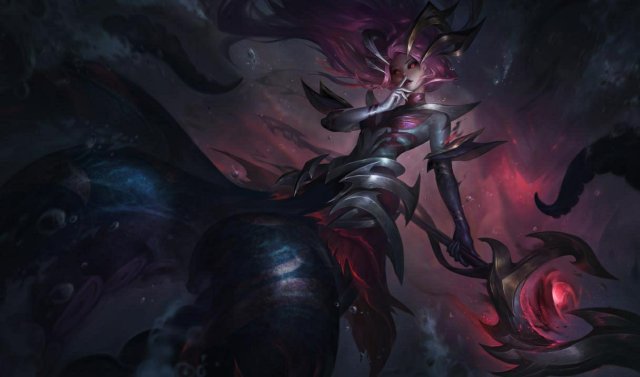
Last but not least, we have Nami, a true Enchanter support. Thanks to her versatile kit, she’s an all-round great pick for numerous matches. Nami is immensely fun to play but can be hard to get to grips with at first due to how much she depends on skill shots.
| Pros | Cons |
| – A lot of strong crowd control – Versatile – Easy to play | – Requires you to land skill shots – Easy to catch and eliminate |
Due to her unique kit, there is no perfect rune combination for Nami. Players usually pick Sorcery tree for additional mana and poke from the Summon Aery rune, and we believe that is the best option. Round that up with some Resolve survivability, and you’re good to go.
| Area of Interest | Best options for Nami |
|---|---|
| Best runes | Rune tree one: Sorcery – Summon Aery – Manaflow Band – Transcendence – Scorch Rune tree two: Resolve – Bone Plating – Revitalize – Offense: Adaptive Force – Flex: Adaptive Force – Defense: Health based on level |
| Best items | – Ionian Boots of Lucidity – Dream Maker – Imperial Mandate While you can have fun with different champions’ builds, that’s not the case with Nami. Once you complete the core three choices listed above, you ought to go for Shurelya’s Battlesong and Moonstone Renewer. You can have some fun with the sixth item, though, Staff of Flowing Water or Redemption often fit the most. |
| Best summoner spells | – Flash – Heal |
| Best build path | – Ebb and Flow (W) – Tidecaller’s Blessing (E) – Aqua Prison (Q) Once you’ve unlocked all three, you’ll want to max your W, E, Q. |
| Best ADCs to pair with Nami | – Ziggs – Zeri – Kog’Maw – Draven – Nilah |
| Toughest support matchups for Nami | – Taric – Maokai – Nautilus – Leona – Pyke |
Tier list of best League of Legends supports in Patch 14.21
While the five support champions we underlined above are currently the strongest in our eyes, there are plenty of others you may pick in your solo queue journey. Some are obviously more suitable in the current meta than others for different reasons. With that in mind, here’s the full tier list of best suppport in League’s Patch 14.21.
| Tier | Champions |
| S | Lulu, Poppy, Rell, Braum, Nami |
| A | Thresh, Janna, Milio, Soraka, Bard, Senna, Tahm Kench, Zyra |
| B | Zilean, Taric, Karma, Leona, Galio, Shen, Zac, Sona, Vel’Koz, Seraphine, Renata Glasc, Rakan, Lux |
| C | Brand, Neeko, Zoe, Maokai, Xerath, Neeko, Morgana, Pyke, Nautilus, Alistar |
| D | Blitzcrank, Shaco, Swain, Hwei, Xearth |
Support categories and their roles in the bot lane
Enchanter supports
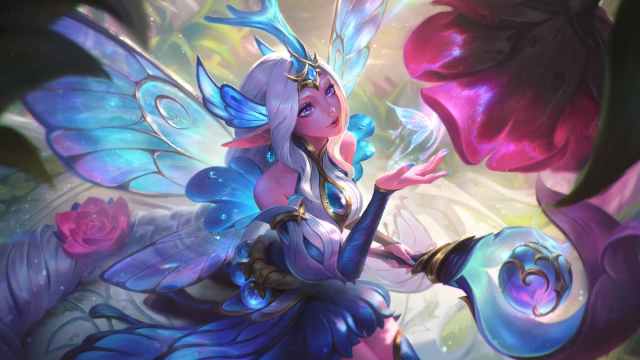
Enchanter supports, like Soraka or Nami, focus on keeping the bot lane carry alive through the laning phase with heals and shields. Enchanter supports usually go well into poke supports because they can out-sustain the poke but struggle into engagers due to a lack of mobility and relative squishiness.
Engage supports

Engage supports, like Alistar or Leona, look to all-in the enemy bot lane during the laning phase with crowd control and significant early-game damage. Because of their lack of poke, they can capitalize on enchanters during the laning phase but can’t deal effectively with poke supports since they whittle down your health before you can even consider engaging.
Poke supports
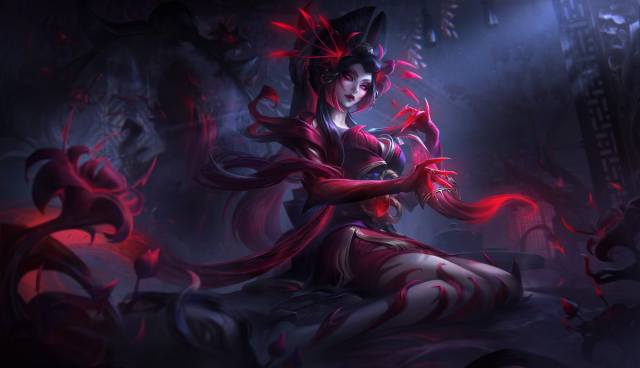
Poke supports, like Zyra or Brand, succeed by annoying the enemy laners as much as possible with long-range abilities, forcing them to waste their potions or heals. If an enemy gets greedy, they also have a fair amount of burst in their kits to delete them from Summoner’s Rift. Because of this, they can deal with engage supports. But enchanters can usually out-sustain a poke support’s mana pool, rendering their poke ineffective.
If you’re having trouble picking a support champion for you or your team or simply want to know which supports are crushing it in the meta, these are the five best supports in Patch 14.14.


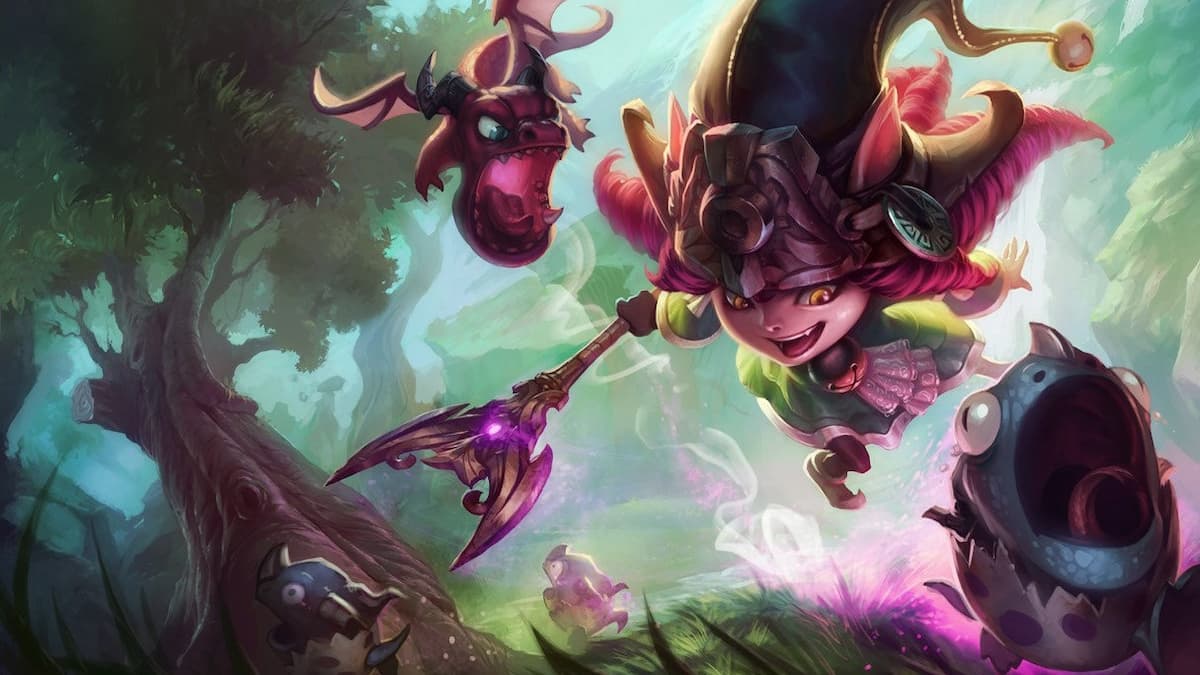


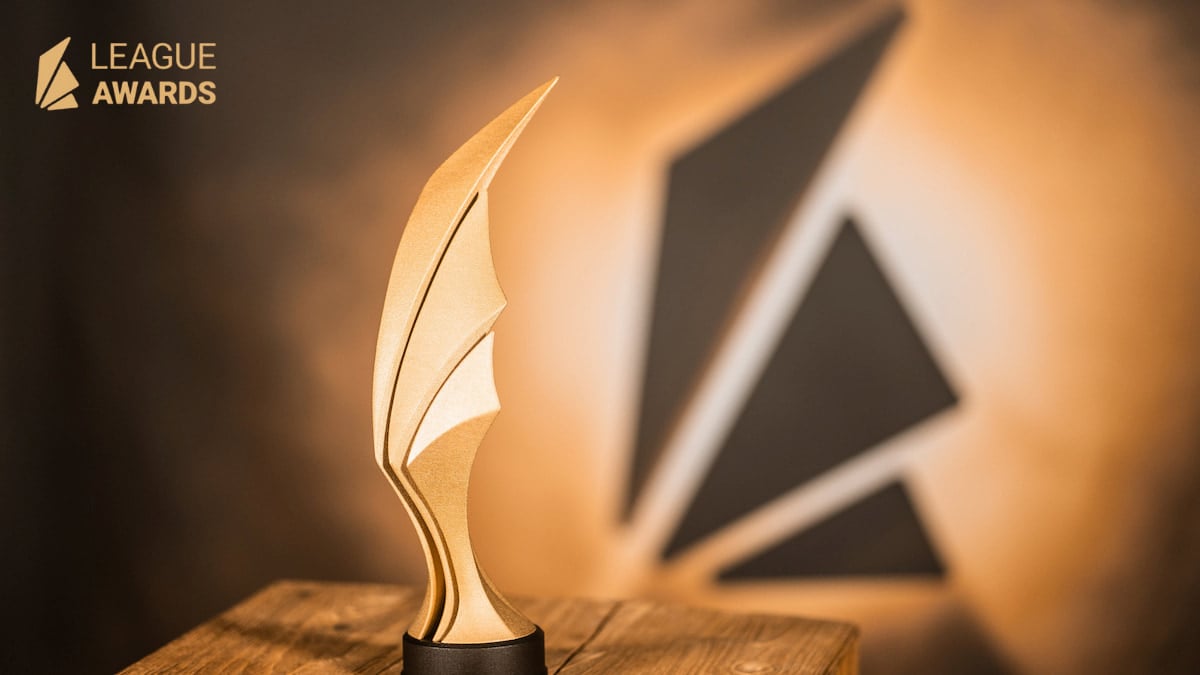
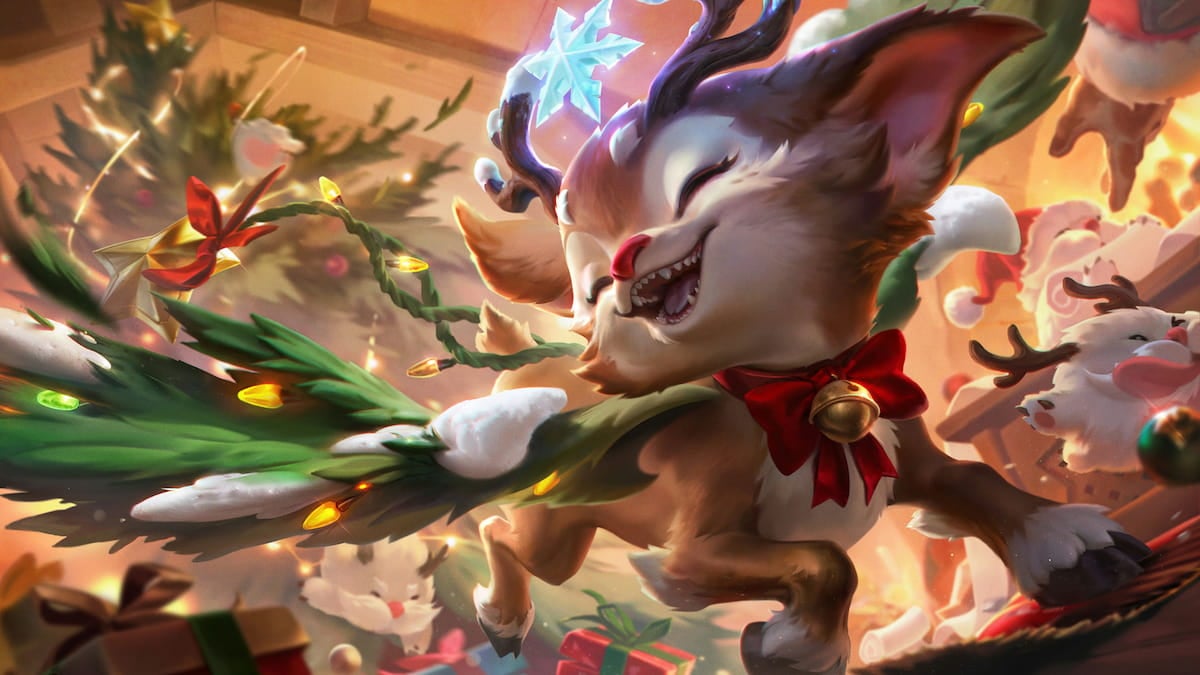
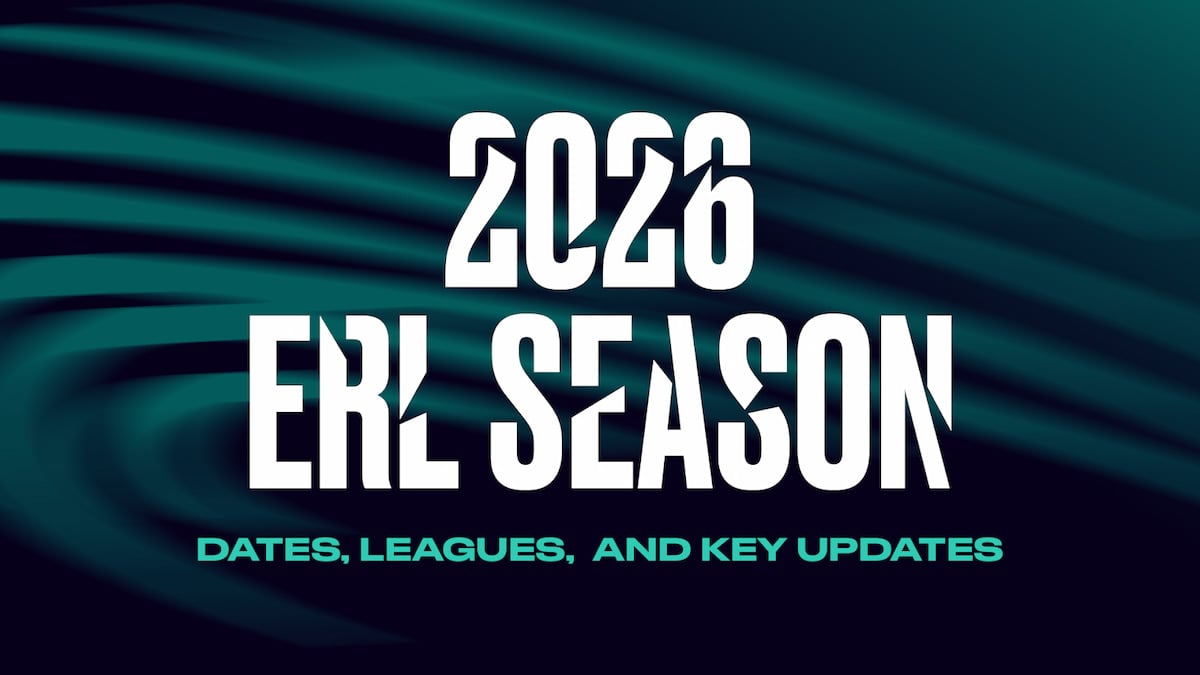
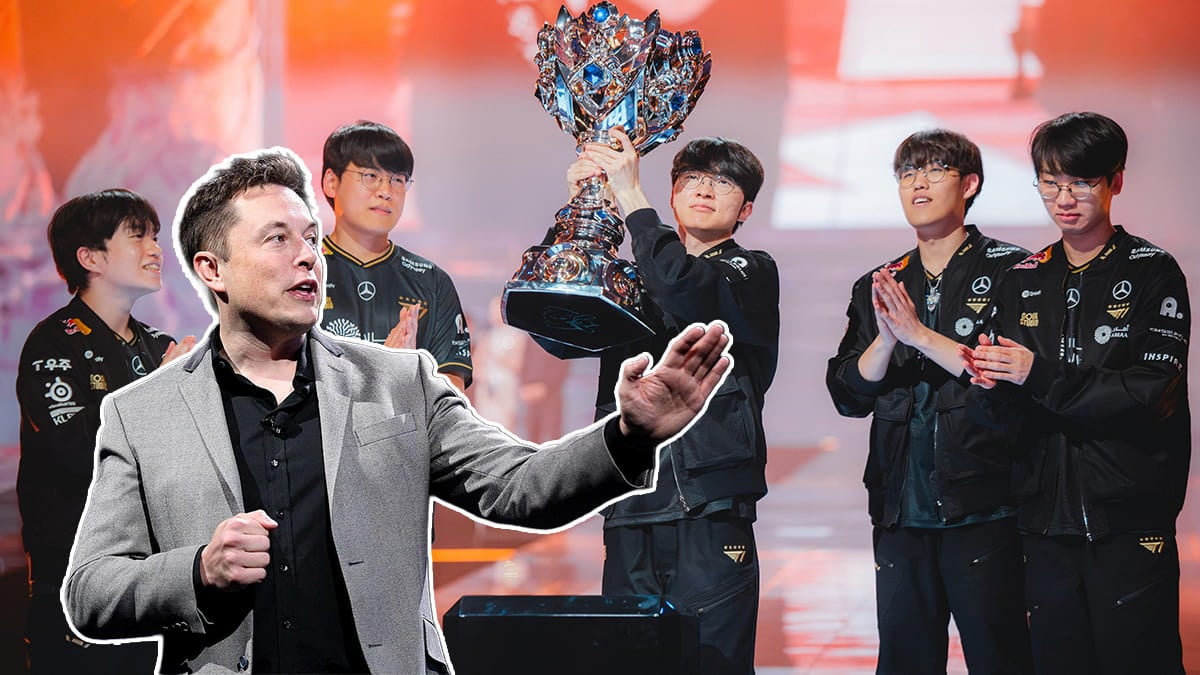
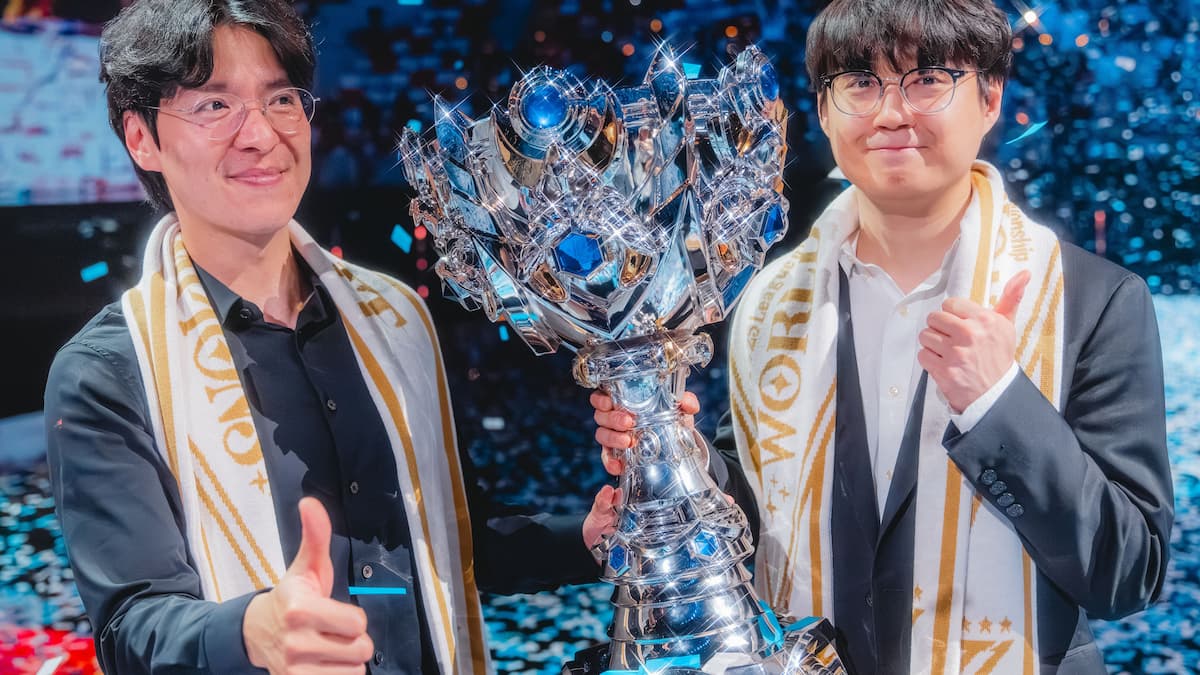
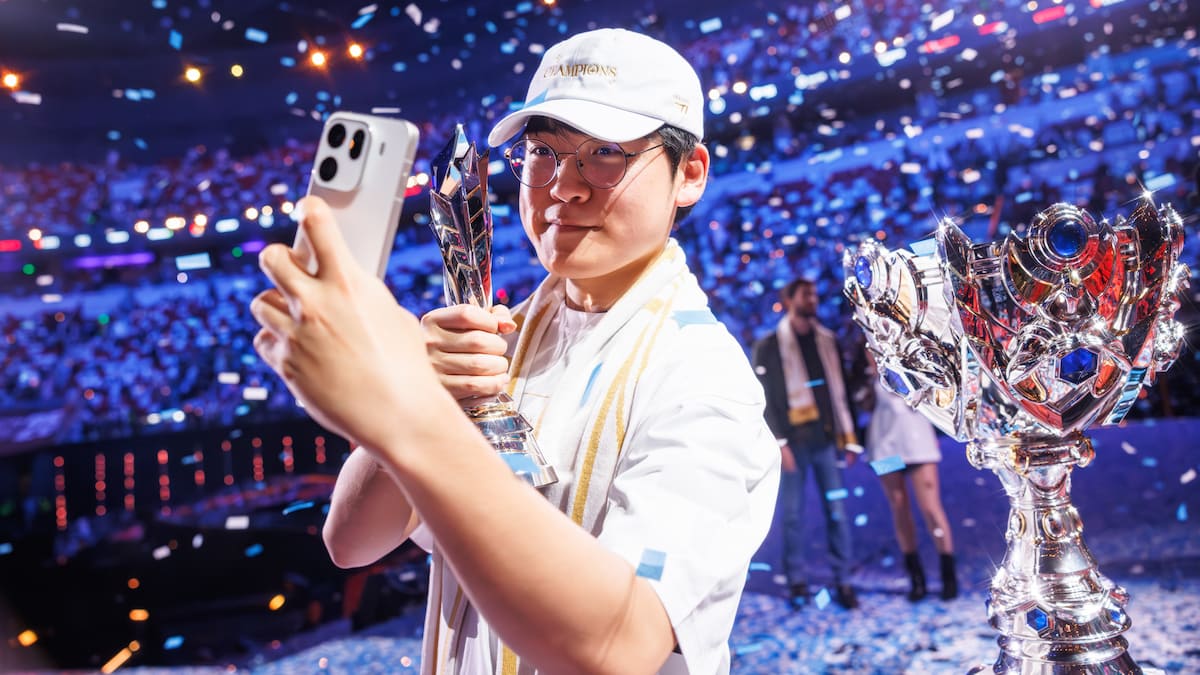




Published: Oct 28, 2024 04:30 am